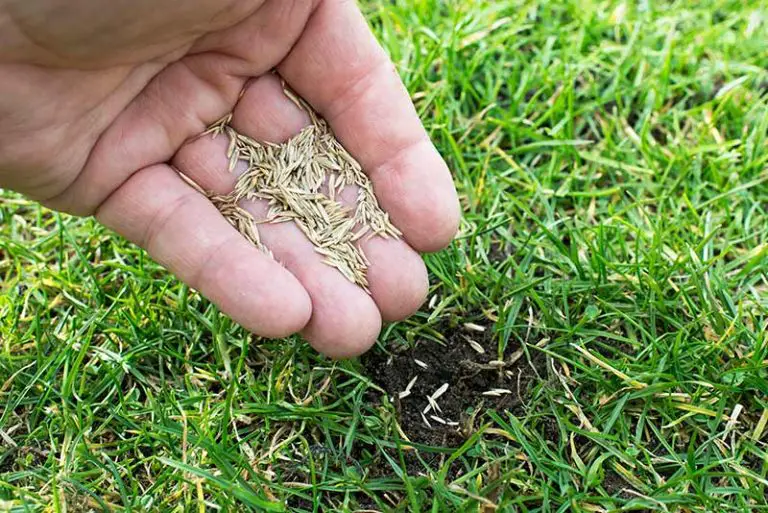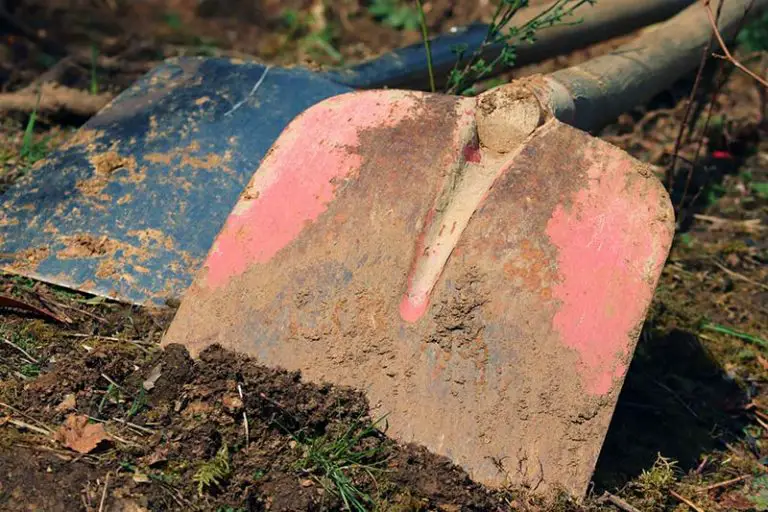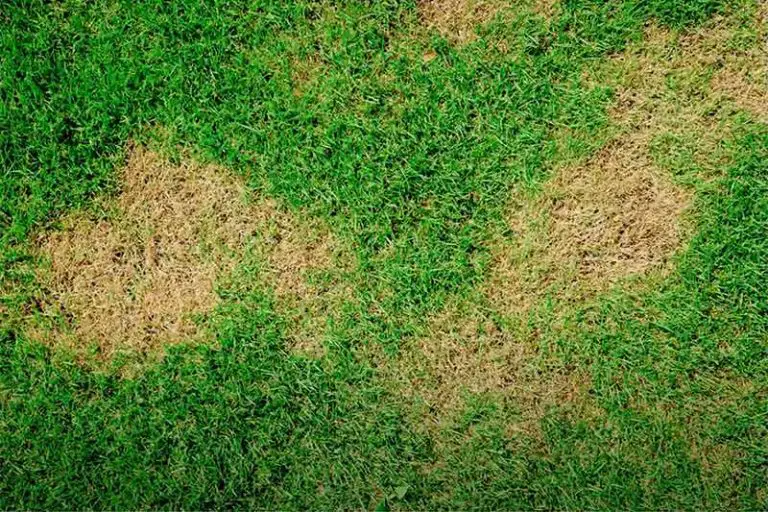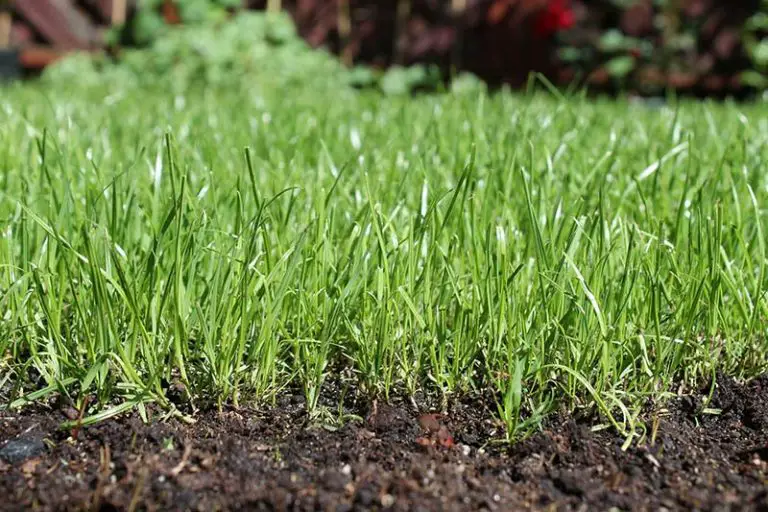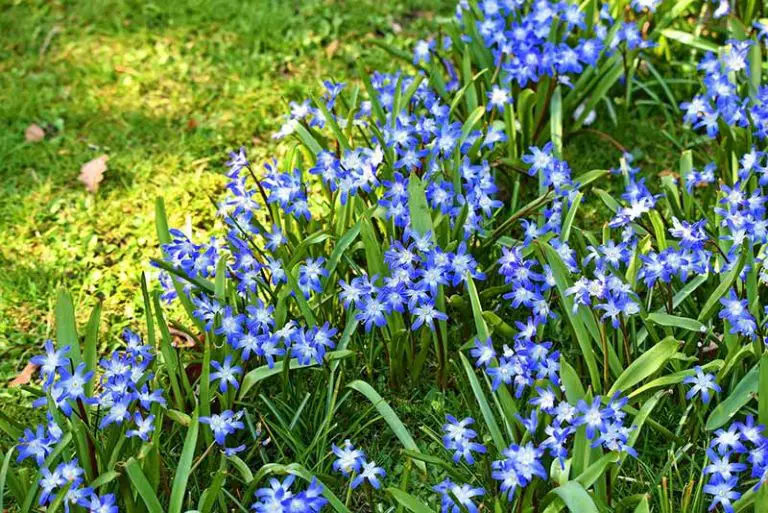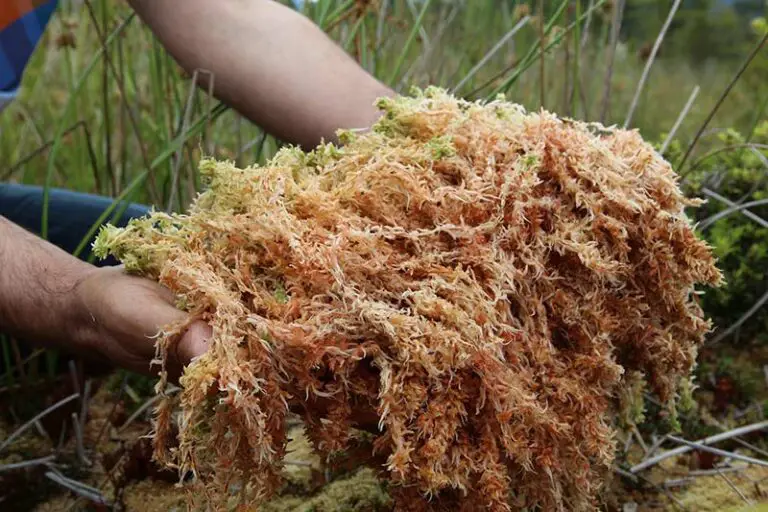Grow a Lush Lawn in Summer with Grass Seed Planting
The time of year at which you plant your grass seed is one of the most crucial factors that affect how successful your planting efforts will be. Depending on where you live in the US, planting grass seed in the summer will yield varying results.
For those in the south planting warm-season grass, planting in the summer is recommended. However, if you live in a northern region and you’re planting cool-season grass, summer planting is not recommended and will unlikely yield much success.
Can You Plant Grass Seed in the Summer?
Whether you can plant grass seed in the summer successfully depends on the area that you live in and the type of seed you’re sowing.
Can You Plant Warm-Season Grass Seed in Summer?
If you live in a southern region in the US, you should be planting a warm-season variety of grass such as Bermuda grass, bahiagrass, centipede grass, or zoysia grass. The best time to plant these varieties is at some point from late spring to mid-summer, meaning you can and should plant warm-season grass seed in summer.
Warm-season grass species originate from tropical regions which is why they’re typically found in the hotter southern states of the US. When warm-season grass seed grows into fully-established grass, the grass plants are able to withstand high temperatures and intense sunlight. These grass types grow most actively at warmer air temperatures of 70 to 90°F. Warm-season grass seed also requires warmer soil temperatures for germination, ideally at somewhere between 65 and 70°F.
Can You Plant Cool-Season Grass Seed in Summer?
If you live in a northern region of the US, you should instead opt for a cool-season grass such as Kentucky bluegrass, perennial ryegrass, or a fescue variety. It isn’t recommended to plant cool-season grass seed in the summer as these grasses will go dormant in hot weather. If it’s too late to plant in the spring, it’s best to wait until fall to plant a cool-season grass type.
Cool-season grasses see their period of most active growth when air temperatures are somewhere between 50 and 80°F and soil temperatures reach between 50 and 65°F. When soil temperatures reach above 65°F, cool-season grasses will go dormant, i.e. they will stop growing. Cool-season grasses also prefer rainy weather, which isn’t likely in the summer months. Due to unsuitable conditions such as these, planting cool-season grass seed in the summer will most likely result in a low germination rate and the death of young seedlings.
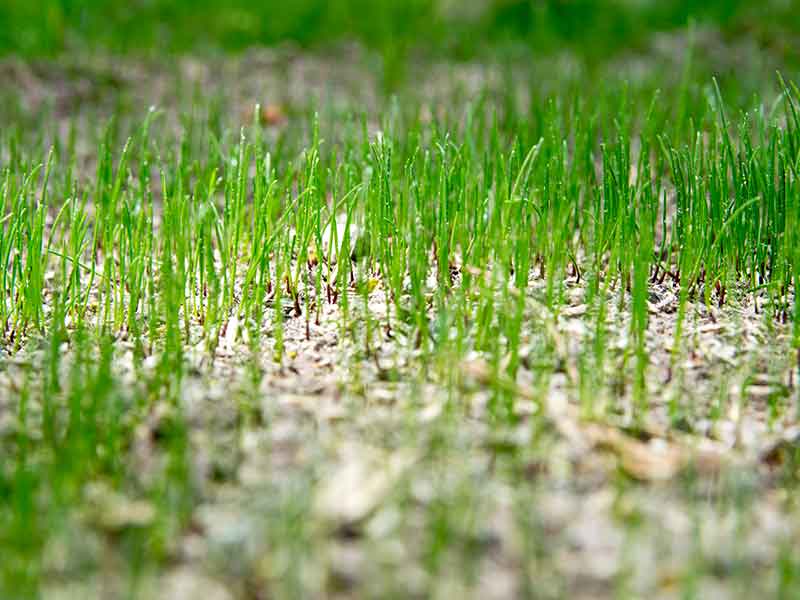
Tips For Planting Grass Seed in Summer
As we’ve just explained, planting grass seed in the summer is possible if you live in the south and you’re planting a warm-season variety. If this is the case, you should follow these tips to ensure success in your summer planting.
1. Choose the Best Grass Seed
You need to take a few factors into consideration when choosing the best grass seed for your lawn. In addition to picking a warm-season grass type, consider aspects such as your soil type, how much sun your lawn will receive, and the amount of traffic your lawn will get from children, pets, or cars.
Some of the best warm-season grasses to plant in the summer include:
- Bahiagrass: This grass is ideal for coastal regions in the deep south as it grows best in sandy, acidic soils. It has excellent tolerance for hot weather and drought.
- Bermuda grass: This grass type will tolerate a very short mowing height. It’s best for areas that usually have scorching temperatures and periods of drought over summer.
- Centipede grass: This type of grass thrives in areas of the south that are warm, sunny, and humid. It prefers sandy, acidic soil, and has little fertilization requirements.
- Zoysia grass: This grass type is most common in the central parts of the US. It’s most tolerant of cooler temperatures compared to other warm-season grasses. However, zoysia grass takes a long time to grow and may need more than a year before it fully establishes itself.
If you’re unsure which grass type would be best for your lawn, speak to your local garden center for a professional opinion.
2. Take Care with Your Watering Schedule
The meticulous watering of your new grass seed is crucial no matter when you’re trying to grow it. With that said, in the hot conditions of summer, it’s even more important to be vigilant with your watering schedule.
In the first 2 to 3 weeks after planting your grass seed, it’s important to water the area so that the top 2 inches of soil are consistently moist without being soggy; this will likely require you to water the area at least once per day. If the weather is particularly hot or dry, you’ll need to water more frequently than this.
After your seed sprouts, you should still aim to keep the top 2 inches of soil moist; however, you should reduce the frequency of your watering sessions to allow the soil to dry slightly in between irrigations. As your seedlings grow, reduce your watering sessions to every 2 to 3 days. This will encourage the growth of deep root systems. However, your seedlings are still delicate at this stage, therefore more watering will be necessary if the summer weather is particularly hot or dry.
When your new grass reaches mowing height, reduce your watering to 1 to 2 sessions per week. You should water to a depth of 6 to 8 inches into the soil to further encourage deep root growth.
3. Hold Off On Planting Before a Period of Hot and Rainy Weather
If it’s forecast to be both extremely hot and either humid or rainy, you should hold off on planting your grass seed. Conditions like high temperatures in combination with excess moisture and humidity are very stressful on young grass seedlings.
When temperatures are high and the soil is waterlogged with moisture, it creates an environment where plant roots are unable to access oxygen or nutrients. If the grass plants are unable to take up these essential elements, they will begin to die off.
On top of this, nighttime temperatures above 65°F in combination with humid conditions significantly increase the likelihood of the development of fungal disease. Common fungal diseases like damping off, summer patch, and brown patch lawn disease, all become highly active in these conditions. These fungi will attack and potentially kill your young seedlings.
To prevent issues with excessive moisture, ensure that the planting area has sufficient drainage and take care with irrigation. Also, follow the seeding rate for your chosen seed carefully; seeding at too high a rate can reduce air circulation in the soil, preventing water from evaporating properly.
4. Take Summer Weeds into Consideration
Just like your warm-season grass, summer is unfortunately the period of most active growth for many types of weeds. Weed growth is one of the biggest issues to consider when planting in summer; the weeds can rob your seedlings of precious moisture and nutrients in the soil.
If you want to use a commercial weed killer to kill already-established weeds before summer planting, check the label first; how long you have to wait between weed killer application and seeding will vary product-to-product. You could also pull the weeds by hand or kill them using a homemade natural weed killer.
To smother weed seeds and prevent them from germinating during and after the seeding process, instead opt for a mulch. We explain the use of mulches in summer planting further in the next section.
6. Use Mulch for Water Retention and Weed Control
Mulching the planting area is one of the best ways to promote success when planting grass seed in the summer. A layer of mulch blocks sunlight from reaching the soil surface, which helps the seedlings in a few ways.
Firstly, this reduces the amount of water that the soil may lose through evaporation, which is especially important under the intense summer sun. This ensures that your seedlings will remain consistently moist throughout germination. It will also reduce the amount of water you have to add through irrigation during these stages.
Secondly, a layer of mulch blocks sunlight from reaching weed seeds. Without sunlight, the seeds are unable to grow into full weeds. Your grass seedlings will have full access to the moisture and nutrients in the soil without having to outcompete weeds.

